A low back tattoo, often referred to as a “tramp stamp,” carries a variety of meanings and connotations that have evolved over time. Initially popularized in the late 1990s and early 2000s, these tattoos were often seen as symbols of personal expression, freedom, and femininity. 


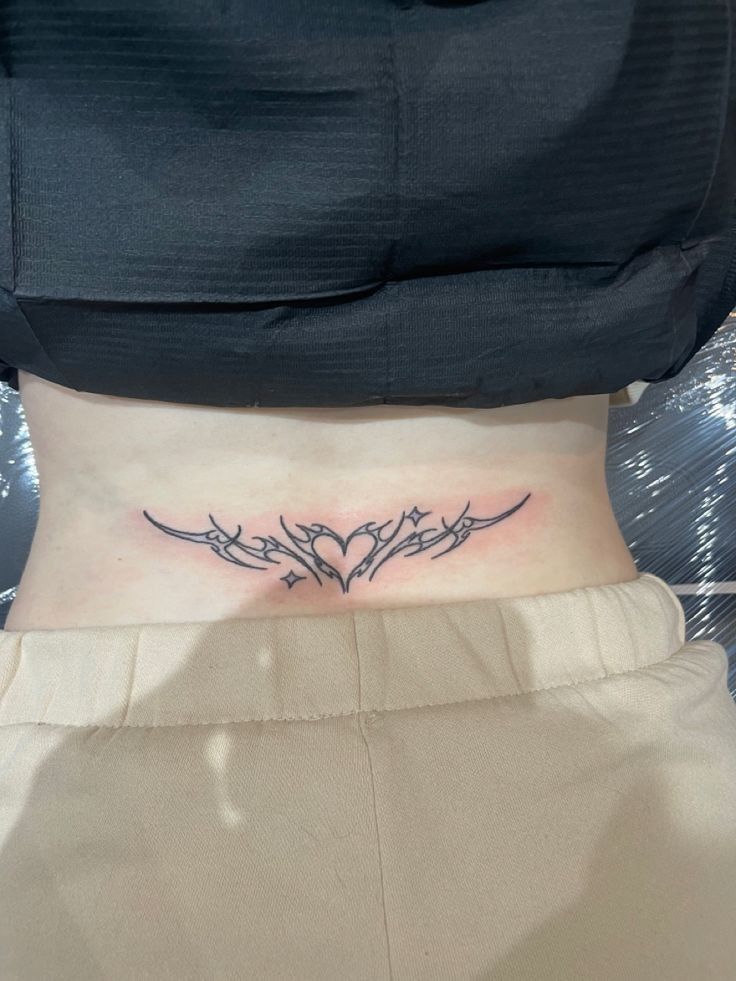



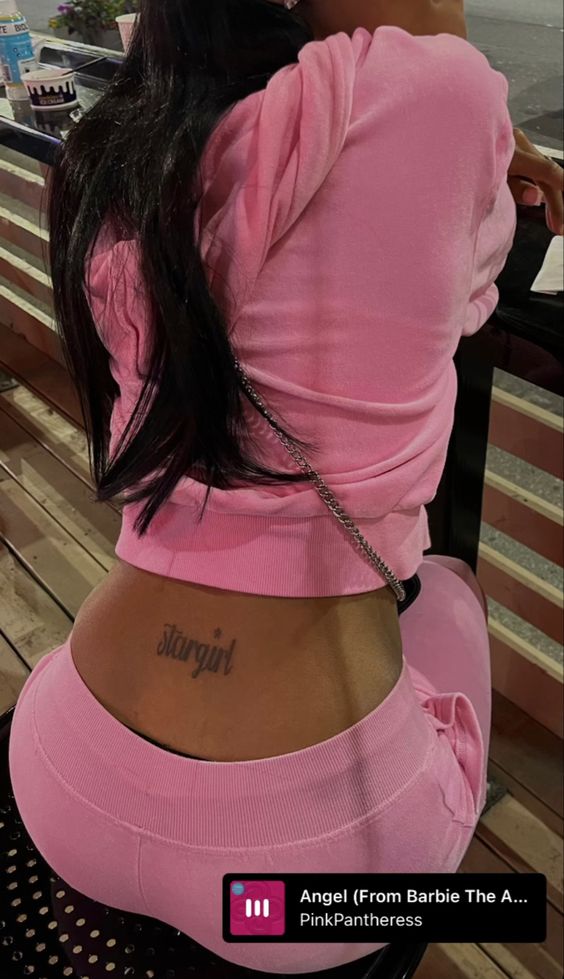


 The placement on the lower back allows for both concealment and display, making it a versatile choice for those seeking a private yet potentially visible piece of body art. Designs often include intricate patterns, floral motifs, tribal symbols, or meaningful quotes, each chosen to reflect the wearer’s identity, experiences, or aspirations.
The placement on the lower back allows for both concealment and display, making it a versatile choice for those seeking a private yet potentially visible piece of body art. Designs often include intricate patterns, floral motifs, tribal symbols, or meaningful quotes, each chosen to reflect the wearer’s identity, experiences, or aspirations. 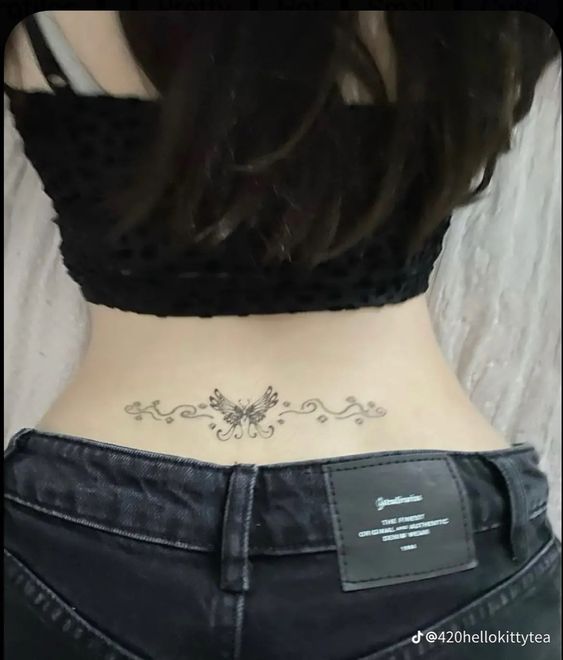
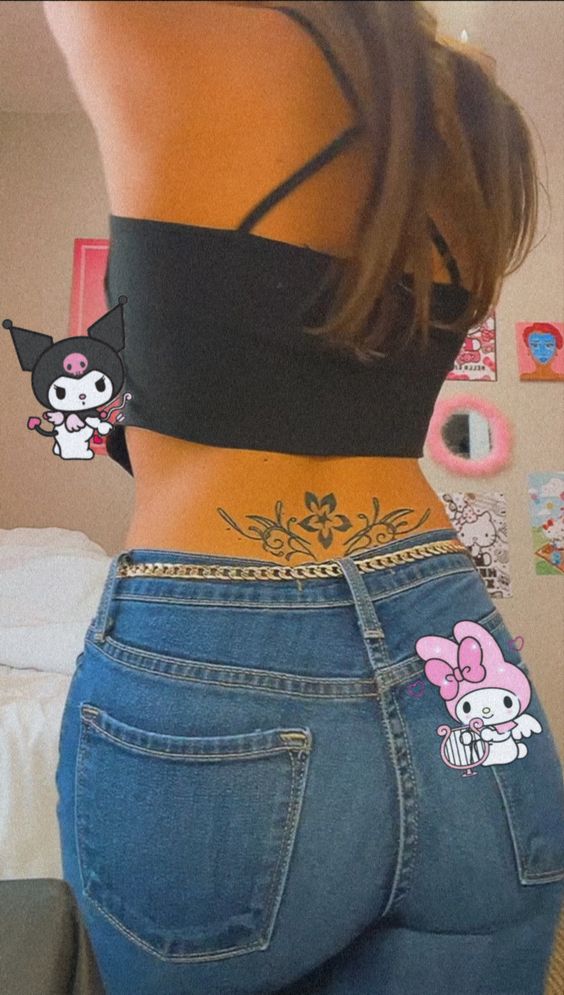
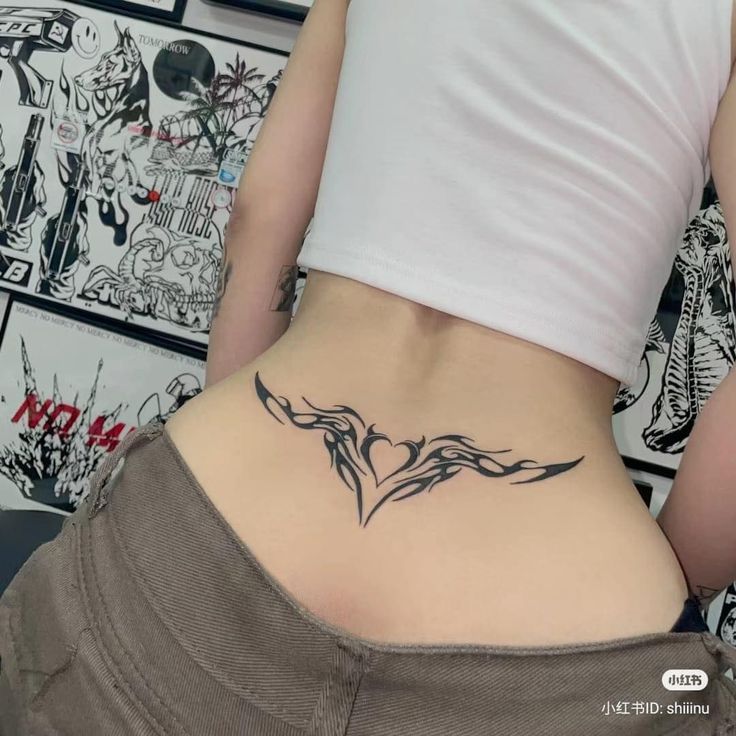
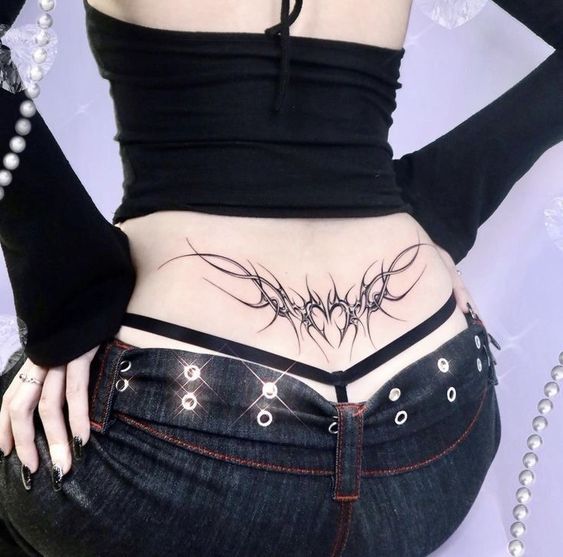 Despite the stigma that sometimes surrounds the term “tramp stamp,” many people who choose a low back tattoo do so as a way to reclaim and celebrate their bodies, challenging societal norms and embracing their unique sense of style and self.
Despite the stigma that sometimes surrounds the term “tramp stamp,” many people who choose a low back tattoo do so as a way to reclaim and celebrate their bodies, challenging societal norms and embracing their unique sense of style and self.